
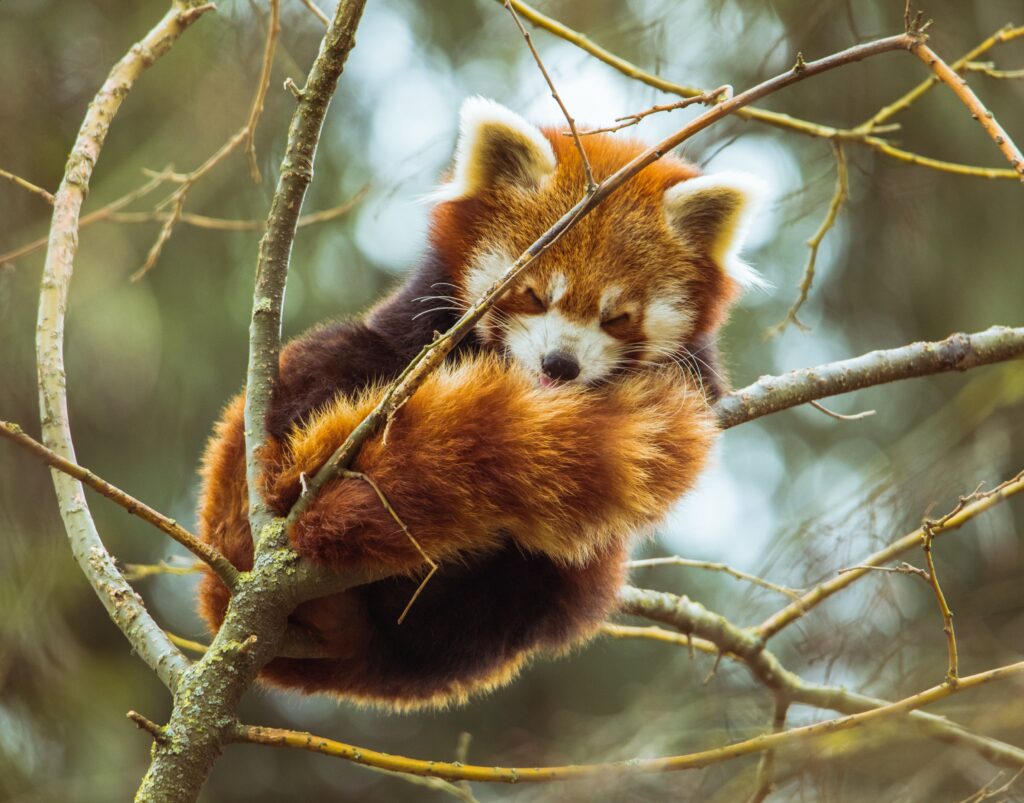
In this post, you will find information, video, and facts about Red Pandas. Red Panda facts for kids and animal lovers!
Red Pandas are cute fluffy mammals that grow to be about the size of an average house cat. They have reddish-brown fur with a long hairy tail, dark color legs and arms, and a masked face. They are native to Southeastern China and the eastern Himalayas. Today They are only found in remote mountain territories above 4,000 feet in a few countries in Asia in dense forests and bamboo thickets. This region includes Nepal, Bhutan, India, Myanmar, and China. They are further divided into two subspecies, the Western Red Panda which is found in the western region, and the Styan Red Pandas found in the eastern region of the range.
Despite their similar names, the Giant Panda and the Red Panda are not related. Even though they are both from China and they both eat bamboo. The red panda got its name 48 years before the Giant Panda.
Red Pandas are currently classified in their own unique family called Ailuridae and they are the only extant member. For years scientists debated the red panda’s scientific classification and they were previously grouped with raccoons and switched to bears and then back to raccoons. Until, they were put in their own classification with some similarities to giant pandas, but not bears like pandas… That is confusing! So it is best to just think of them as neither bears nor raccoons.
Quick and Easy Navigation
18 Facts About Red Pandas
- They are between 20- 25 inches long with a long tail of 11-23 inches long.
- They weigh between 7 to 14 pounds.
- The panda’s face has distinctive white markings a bit similar to those of a raccoon, with red tear tracks that are believed to be there to reflect sunlight and help them see better on sunny days.
FACTS ABOUT RACCOONS – ONCE A WHITE HOUSE PET
- The bushy tail has six rings, which serve as camouflage amongst trees and they also use it to balance as they cross tree branches.
- Red Pandas like cold weather. They are happy playing in the snow and can withstand weather of up to -22 degrees Fahrenheit. To protect them from the cold snow and ice, they have thick fur that covers their paws. Similar to the snowy owl.
FACTS ABOUT THE MAJESTIC SNOWY OWL
- They also use their long fluffy tail as a blanket and wrap themselves with it when it is cold. When it is warm they lay down on tree branches with their arms and legs hanging.
- Red Pandas eat mostly bamboo shoots and leaves; they eat their weight on leaves daily. They also eat other leaves, berries, mushrooms, flowers, and sometimes even fish and insects, so they are not just herbivores. Because of the low caloric content of their diet, they spend most of their waking hours eating.
- Red Pandas are skilled climbers and spend most of their lives up in trees, and when they come down, they are able to rotate their ankles allowing them to come down head-first, making them one of the few animals able to do so.
- Like giant pandas, they have an extended wrist bone that functions almost like a thumb that helps them get a good grip.
- They are solitary and territorial except when mating.
- Females make nests in tree holes, hollow stumps, tree roots or bamboo thickets using a variety of soft plant materials such as moss and leaves. They give birth to up to three cubs usually between May and July after a three-month gestation period. Cubs are born fully furred, are yellow and blind, and depend on the mother for care and survival. They stay with the mother for about a year.
- Red Pandas do not make good pets for several reasons – they are nocturnal, they need a massive amount of fresh bamboo to survive, and they mark their territory with scent glands, producing a strong smell.
- Red Pandas are fairly quiet and make subtle squeals and sounds unless they are provoked or threatened, in which case they make a variety of loud noises, stand on their hind legs, and show their sharp claws. They also release a foul smell from their scent glands for self-defense.
- Red Pandas have a relatively large mouth compared to the size of their head. They have 38 teeth whereas humans have 32.
- The Red Panda’s lifespan is only eight to ten years. However, in captivity they can reach up to fifteen years.
- In the wild their main predator is the snow leopard.
- They are also known as firefox. Mozilla’s flagship browser Firefox logo is a Red Panda, not a fox. Other names include lesser panda, the red bear cat, and the red cat bear

- Although the Red Panda is now only found in Asia, fossils of ancient Red Pandas aged up to 7 million years old have been found in North America and Europe.


CONSERVATION STATUS
The Red Panda is listed in the IUCN Red list as endangered since 2008 with a declining population. The exact number is hard to calculate since they are hard to spot, but the current population is believed to be less than 10,000.
Red Pandas face multiple threats, including deforestation of bamboo, habitat loss, and poaching for the pet and fur trades. Over half of red panda deaths are directly related to human activity.
Captive breeding programs at several zoos are helping protect the red panda’s genetic diversity and raise awareness of the animal. In the United States, the Knoxville Zoo in Knoxville, Tennessee, holds the record for the largest number of red panda births in North America.
SEE OTHER WILDLFIFE FACTS
FASCINATING FACTS ABOUT KOALA BEARS FACTS ABOUT THE ENDANGERED AFRICAN WILD DOG FACTS ABOUT AUSTRALIAN KANGAROOS
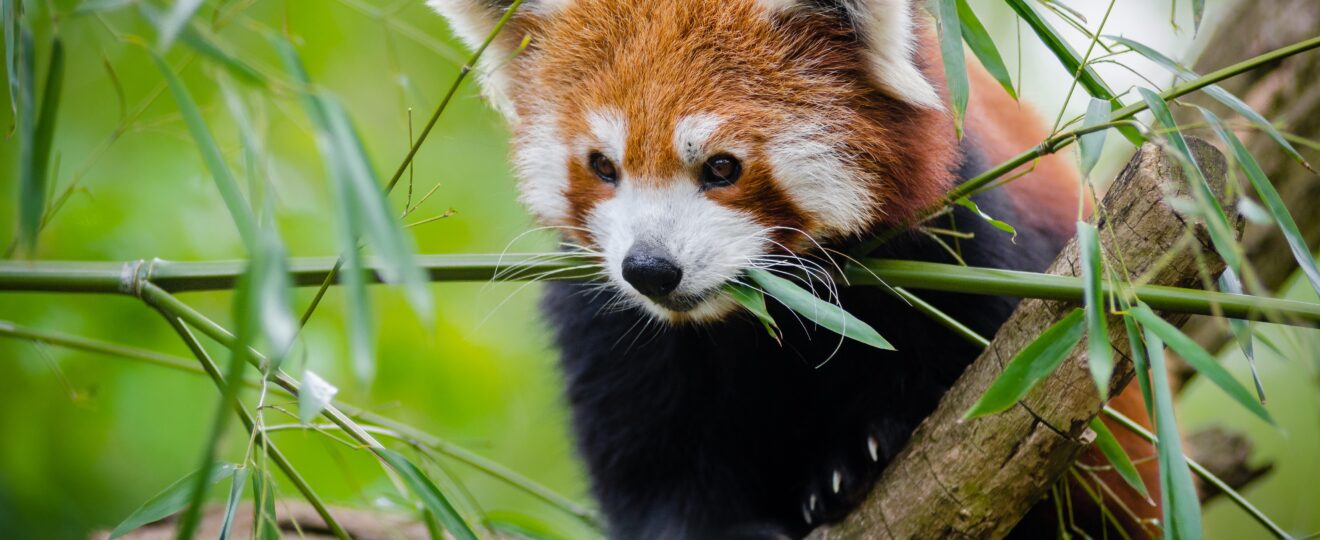
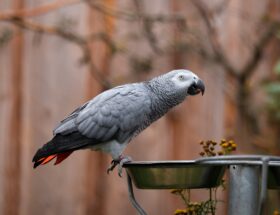
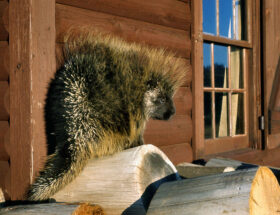




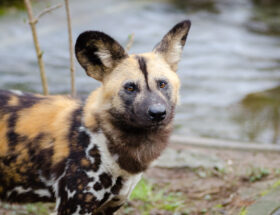

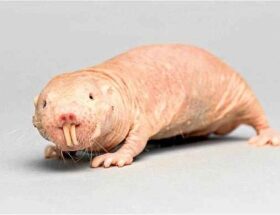
[…] Animal Facts, Mammals […]
This article helped me do an essay for my Mom. Thank you very much… I am VERY thankful.
This article helped me do an essay for my Mom. Thank you very much.